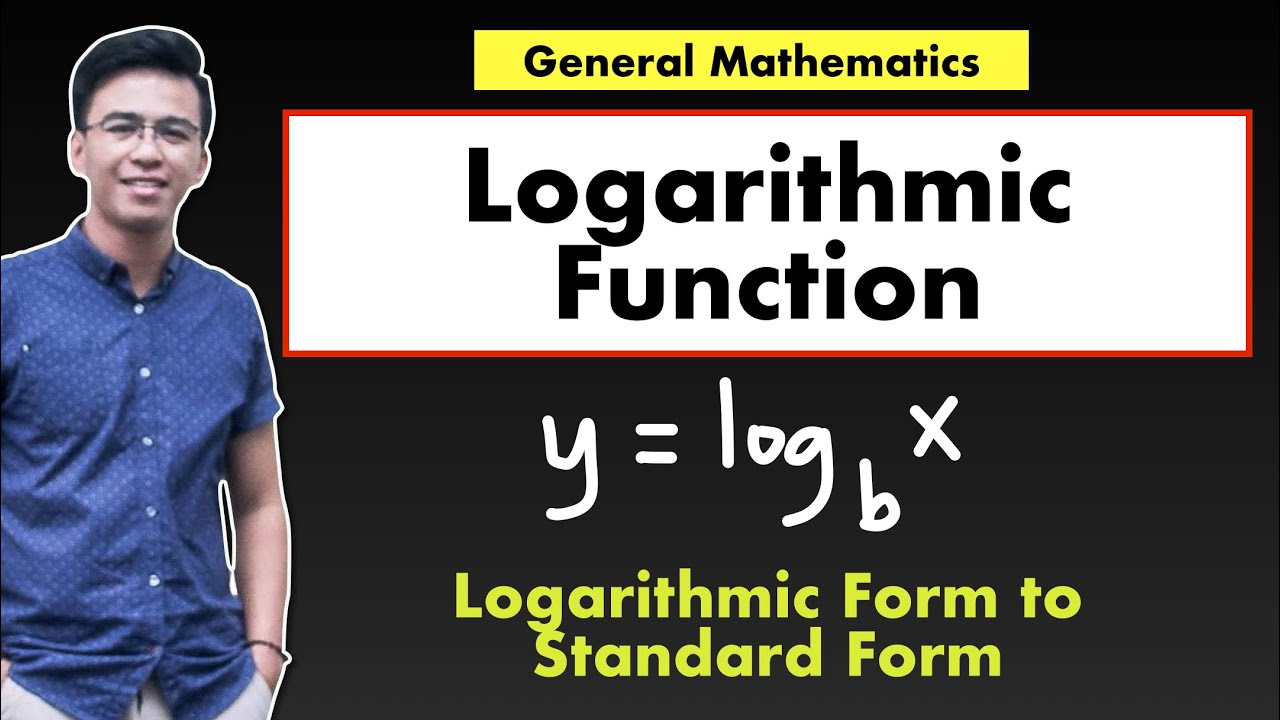Fungsi Eksponensial
Summary
TLDRIn this video, Fitriah introduces exponential functions, covering their definition, graphing, properties, and examples. The video explains the general form of exponential functions, including key concepts such as base values and their impact on the graph's behavior. It provides step-by-step instructions for graphing exponential functions and solving related problems, with a focus on understanding both increasing and decreasing functions based on their base. The video also demonstrates solving exponential equations and interpreting graphical representations to help students master the concept effectively.
Takeaways
- 😀 Exponential functions are mathematical functions with the general form f(x) = a^x, where 'a' is a positive constant (called the base) and 'x' is the exponent.
- 😀 If the base 'a' is greater than 1, the graph of the exponential function increases from left to right.
- 😀 If the base 'a' is between 0 and 1, the graph of the exponential function decreases from left to right.
- 😀 The graph of an exponential function never touches or crosses the x-axis, as it has a horizontal asymptote at y = 0.
- 😀 The y-intercept of an exponential function is always at (0, 1), regardless of the value of the base.
- 😀 To sketch an exponential function, select a range of x-values, substitute them into the function, and plot the corresponding (x, y) points.
- 😀 The domain of an exponential function is all real numbers (R), while the range is strictly positive values (y > 0).
- 😀 The graph of an exponential function with a base greater than 1 rises steeply, while a base between 0 and 1 results in a graph that falls steeply.
- 😀 For the exponential function f(x) = a^x, the function is monotonically increasing when 'a' > 1 and monotonically decreasing when 'a' < 1.
- 😀 A common application of exponential functions is solving real-world problems involving growth and decay, such as population growth or radioactive decay.
- 😀 The exponential function is widely used in various fields like mathematics, physics, economics, and biology due to its ability to model many natural phenomena.
Q & A
What is the general form of an exponential function?
-The general form of an exponential function is FX = a^x, where 'a' is a positive constant called the base, and 'x' is the exponent (variable).
What happens to the graph of an exponential function when the base 'a' is greater than 1?
-When the base 'a' is greater than 1, the graph of the exponential function rises from left to right, meaning that as the value of x increases, the value of FX also increases.
What does the graph of an exponential function look like when the base 'a' is between 0 and 1?
-When the base 'a' is between 0 and 1, the graph of the exponential function decreases from left to right, meaning that as the value of x increases, the value of FX decreases.
What is the horizontal asymptote of an exponential function?
-The horizontal asymptote of an exponential function is the x-axis (y = 0). The graph never touches the x-axis but gets infinitely close to it as x approaches negative infinity.
In the function FX = 2^x, what is the value of FX when x = 2?
-For FX = 2^x, when x = 2, the value of FX is 2^2 = 4.
How do you graph the exponential function y = 2^x?
-To graph y = 2^x, you choose several values for x (such as -3, -2, -1, 0, 1, 2, and 3), calculate the corresponding values for y, plot the points on a coordinate grid, and then connect them smoothly to form the curve.
What is the value of y when x = -3 in the function y = 2^x?
-When x = -3 in the function y = 2^x, y = 2^(-3) = 1/2^3 = 1/8 = 0.125 (or approximately 0.13).
Why is it important to convert negative exponents into positive when graphing exponential functions?
-It is important to convert negative exponents into positive because negative exponents represent fractions, and converting them makes the calculation easier and helps in plotting the points accurately on the graph.
What happens to the function y = (1/2)^x when x increases?
-When x increases in the function y = (1/2)^x, the value of y decreases because the base is a fraction between 0 and 1, causing the graph to decline from left to right.
In the function y = 1/2^x + 1, where does the graph intersect the y-axis?
-In the function y = 1/2^x + 1, the graph intersects the y-axis when x = 0. Substituting x = 0 into the equation gives y = 1/2^0 + 1 = 1 + 1 = 2. So, the graph intersects the y-axis at (0, 2).
Outlines

This section is available to paid users only. Please upgrade to access this part.
Upgrade NowMindmap

This section is available to paid users only. Please upgrade to access this part.
Upgrade NowKeywords

This section is available to paid users only. Please upgrade to access this part.
Upgrade NowHighlights

This section is available to paid users only. Please upgrade to access this part.
Upgrade NowTranscripts

This section is available to paid users only. Please upgrade to access this part.
Upgrade NowBrowse More Related Video

FUNKCJA WYKŁADNICZA - MUSISZ o tym wiedzieć❗

(Part 1) Fungsi Logaritma Bab Fungsi dan Pemodelannya || Matematika Tingkat Lanjut Kelas XI

Fungsi Eksponensial Matematika Lanjut Kelas XI

Logarithmic Functions | Transforming Logarithmic Equation to Exponential Form and Vice Versa

Lec 52 - Logarithmic Functions

Persamaan dan Fungsi Kuadrat (Materi LENGKAP)
5.0 / 5 (0 votes)